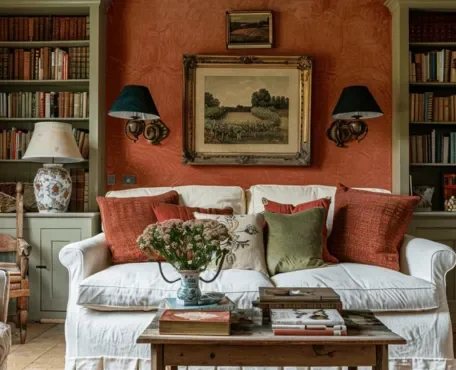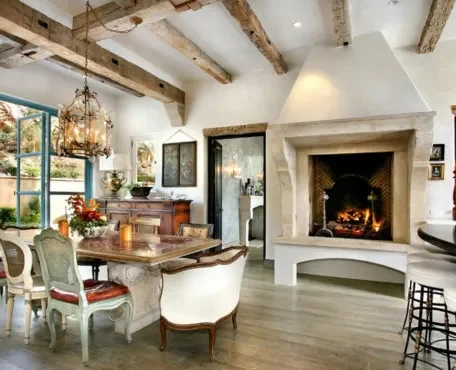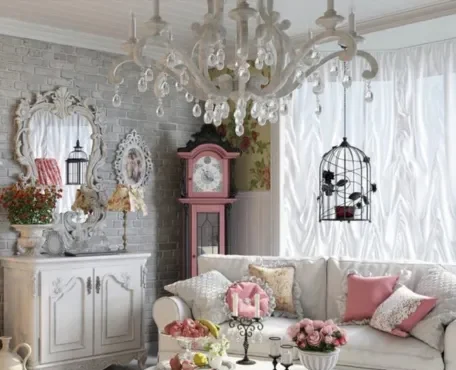
in the quest for creating harmonious and inviting living spaces, homeowners and interior enthusiasts alike are turning to the vibrant world of houseplants. Beyond their aesthetic appeal, houseplants bring a breath of fresh air—quite literally—into our homes.
In this article, we delve into the art of using houseplants in decor, exploring the myriad benefits, practical tips, and creative ideas.
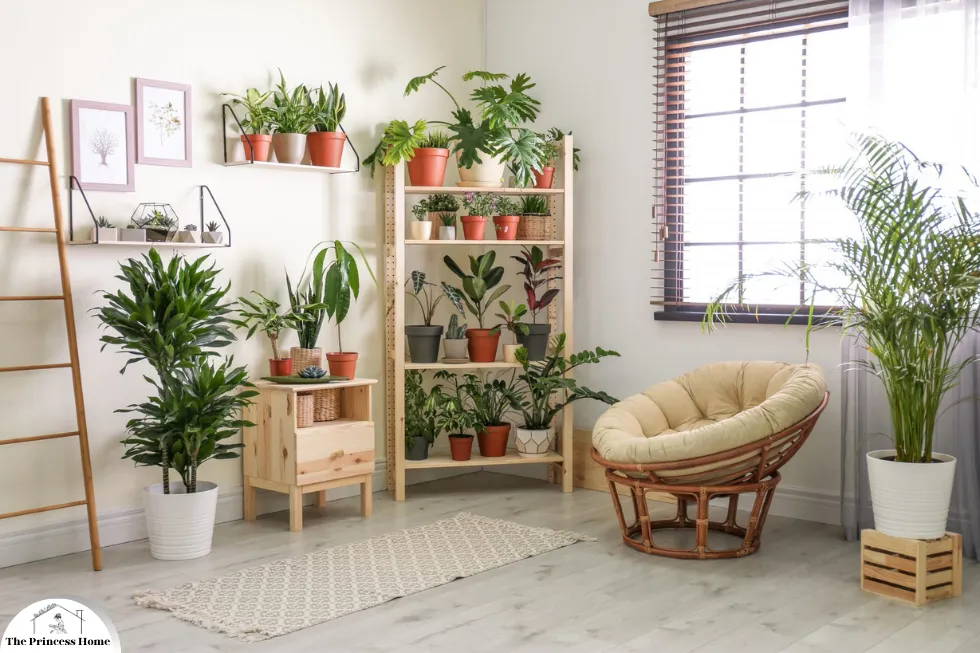
1.*Harmony of Houseplants
The visual impact of houseplants in decor cannot be overstated. These living elements introduce a dynamic and organic dimension to your interiors, softening the edges and infusing a sense of tranquility. Imagine the elegant sweep of a cascading pothos , the sculptural allure of a fiddle leaf fig, or the delicate grace of a spider plant. Houseplants not only complement various decor styles but also have the power to define the ambiance of a room.
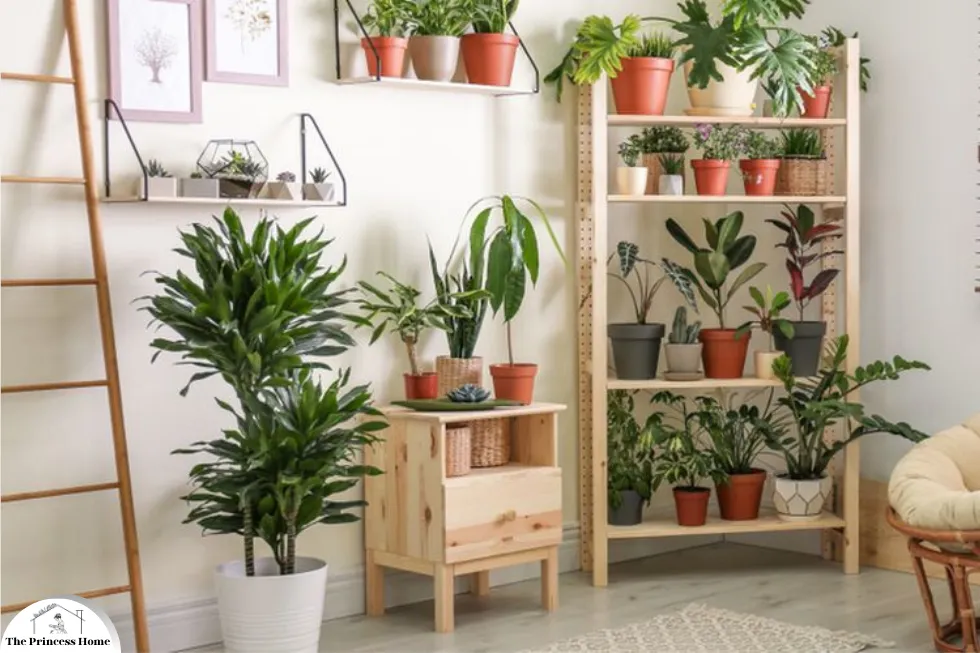
2.*Choosing the Right Houseplants
Selecting the perfect houseplants for your decor involves a thoughtful consideration of factors such as lighting, space, and personal preferences. Low-light areas may benefit from resilient species like snake plants or ZZ plants, while sunlit spaces can showcase the vibrant hues of succulents or flowering plants. Matching the size and style of the plant to your decor theme is crucial, ensuring a seamless integration into the overall design.
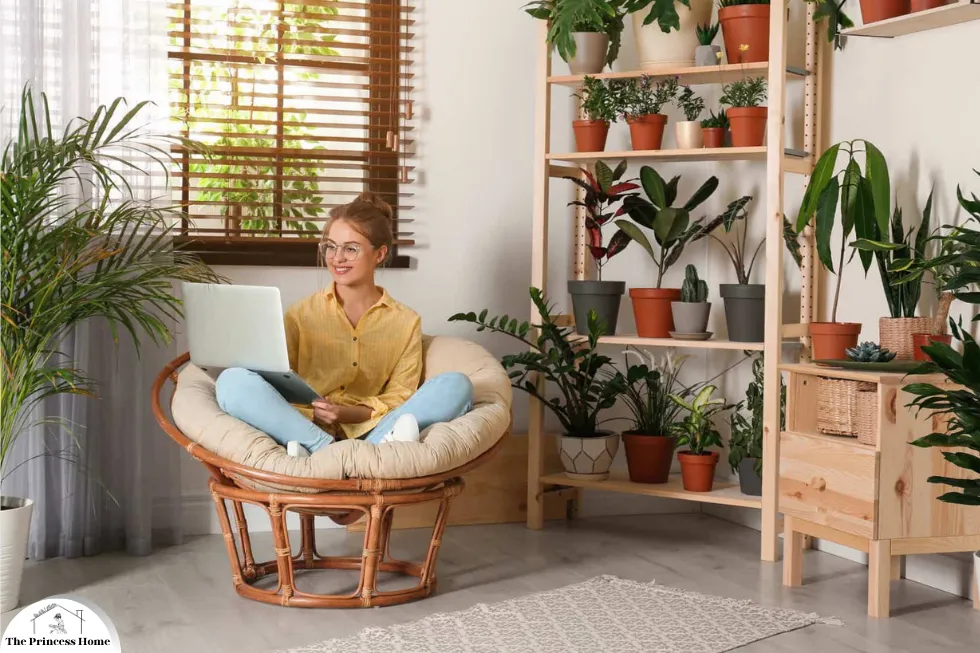
3.*Beyond Aesthetics:
While the aesthetic appeal of houseplants is undeniable, their contribution to our well-being goes beyond mere visual pleasure. Scientific studies have shown that certain houseplants can purify indoor air by removing toxins and releasing oxygen. As we surround ourselves with nature, stress levels decrease, mood improves, and productivity receives a subtle boost. The incorporation of houseplants into our decor is, therefore, a holistic approach to enhancing both the physical and mental aspects of our living spaces.
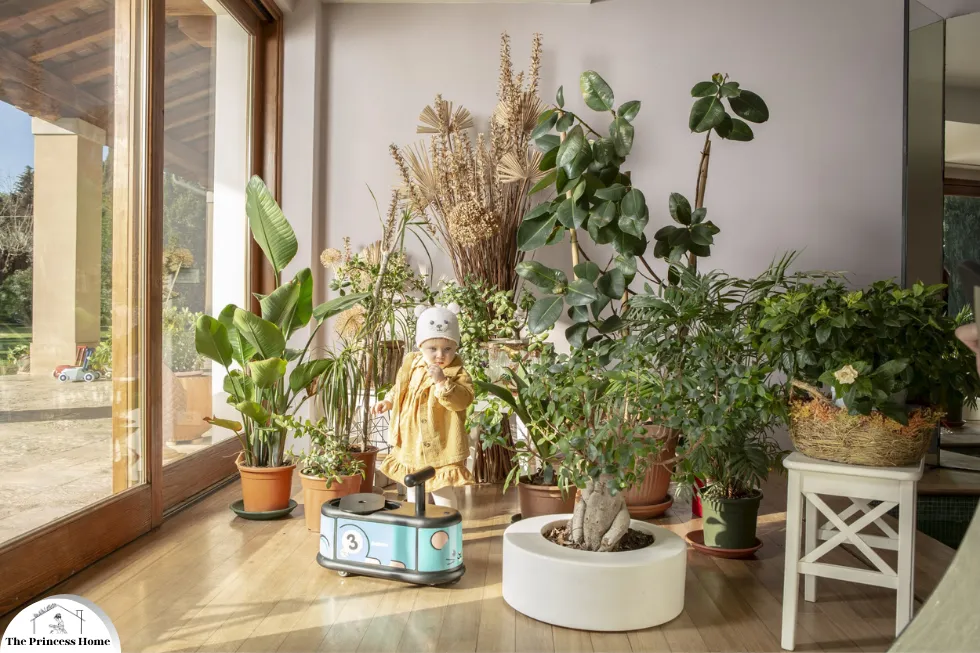
4.*Tips for Thriving Houseplants
Caring for houseplants requires a delicate balance of attention and understanding. Providing the right amount of water, sunlight, and appropriate soil for each type of plant is essential. Regular maintenance, such as dusting leaves, pruning, and being vigilant about pests, ensures that your green companions not only survive but thrive. It’s crucial to familiarize yourself with the specific needs of each plant, as these can vary widely.
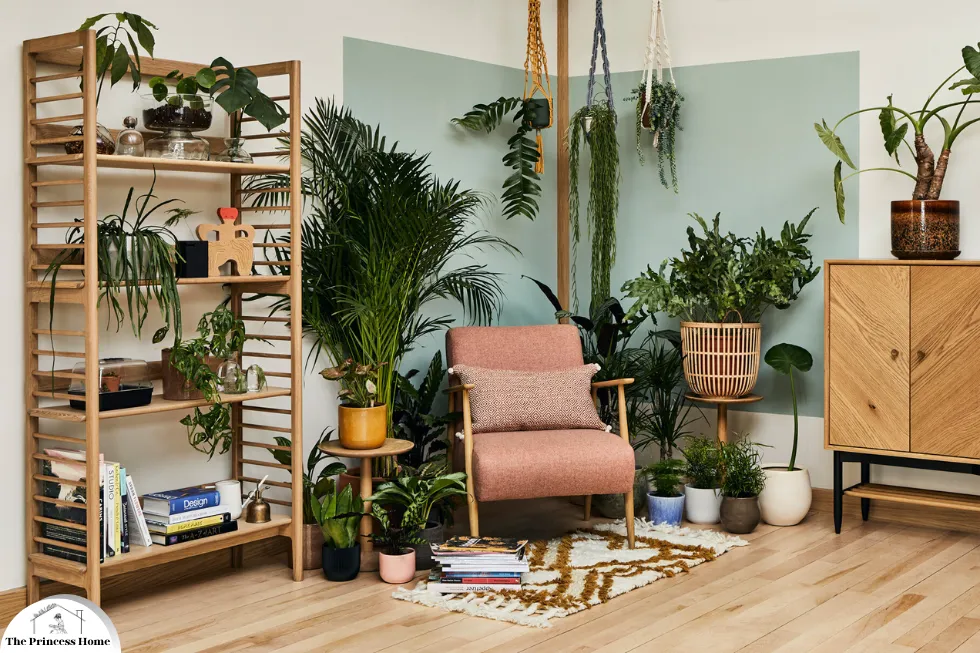
5.*Creative Arrangements and Displays
The arrangement of houseplants is an art form in itself. Experiment with varying heights, textures, and colors to create an appealing display. Group plants together for a lush and tropical feel, use decorative pots to add a touch of personality, and consider wall-mounted or hanging planters to maximize vertical space. The strategic placement of houseplants can also serve as natural dividers, defining different areas within a room.
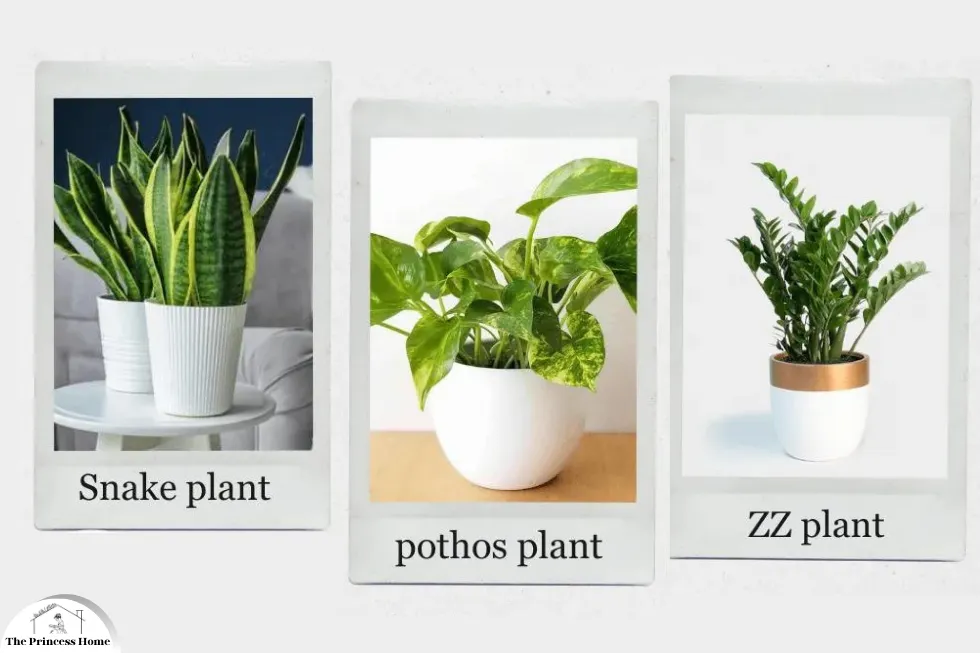
6.*Low-Maintenance Options
For those new to the world of houseplants, there are several low-maintenance options that are forgiving of occasional neglect. Snake plants, pothos, and ZZ plants are excellent choices for beginners, thriving in a variety of conditions and requiring minimal care. Starting with these resilient species allows individuals to build confidence and gradually expand their indoor jungle.
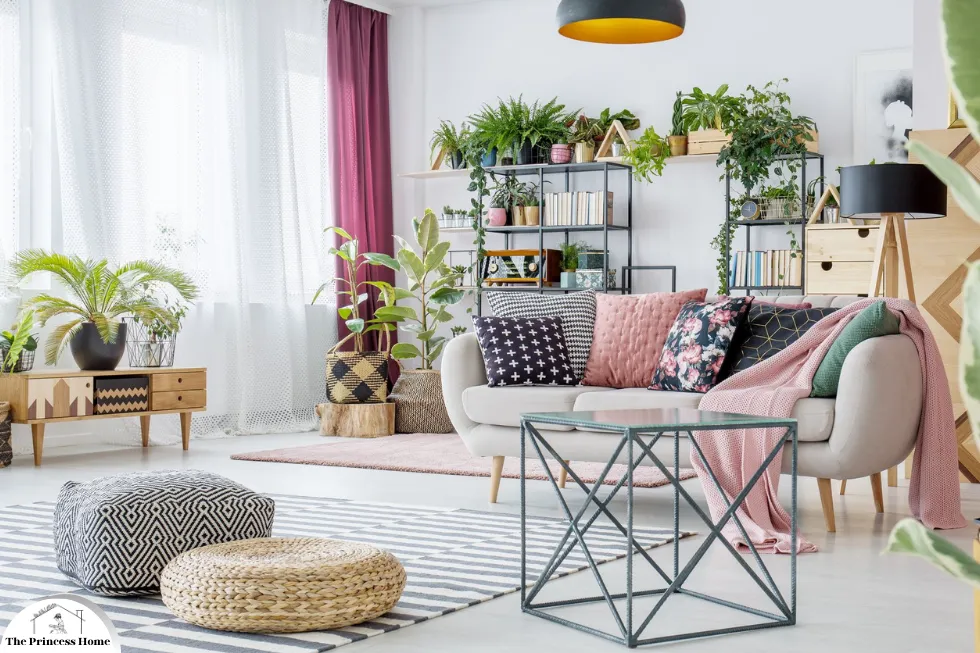
7.*Enhancing Rooms with Houseplants
1.Living Room Elegance:
- Large, statement plants like fiddle leaf figs or bird of paradise can serve as focal points.
- Group smaller plants on coffee tables or shelves to create an inviting atmosphere.
- Consider floor planters for dramatic impact or hanging planters for a whimsical touch.
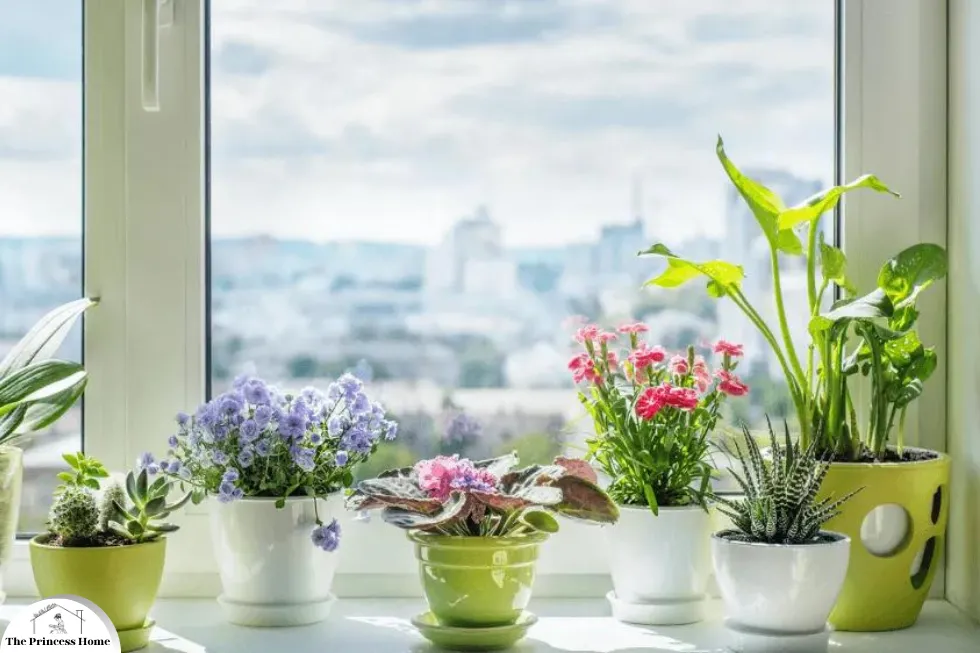
2.Kitchen Greenery:
- Herb gardens in windowsills or hanging pots not only add freshness but are also functional.
- Compact plants like succulents or small aloe vera can adorn countertops without taking up valuable space.
- Create a green accent by placing plants on open shelves or using botanical-themed decor.
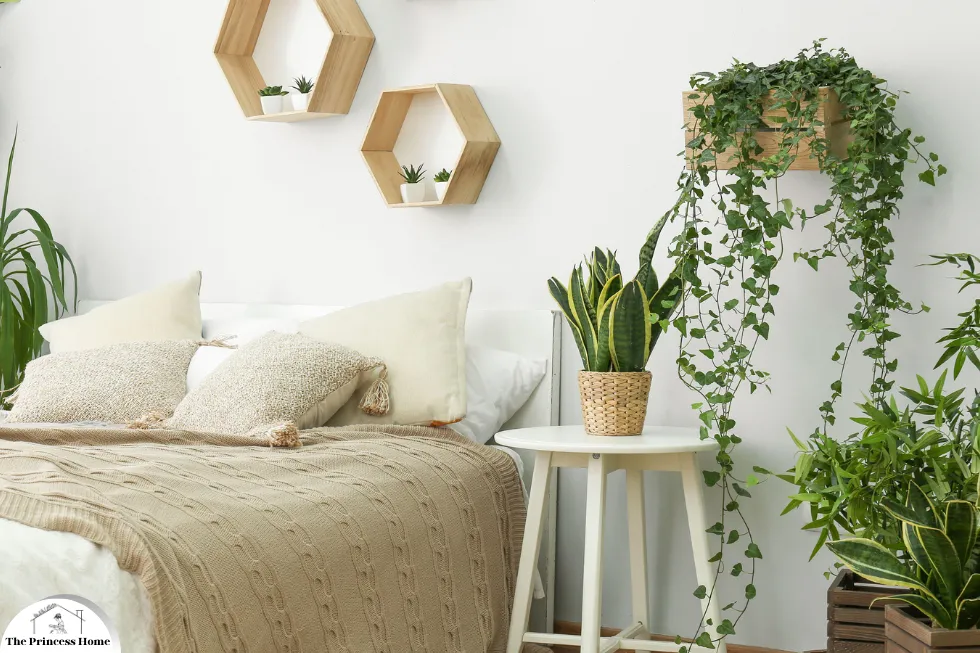
3.Soothing Bedrooms:
- Lavender, snake plants, or peace lilies are great choices for the bedroom, promoting relaxation.
- Consider a bedside table with a small plant to introduce a calming element.
- Hanging plants or wall-mounted planters can save floor space while adding a touch of nature.

4.Bathroom Oasis:
- Choose humidity-loving plants like ferns or orchids for the bathroom.
- Use decorative pots to add a touch of style, turning your bathroom into a spa-like retreat.
- Ensure adequate light for plants placed near windows, or consider artificial lighting options.
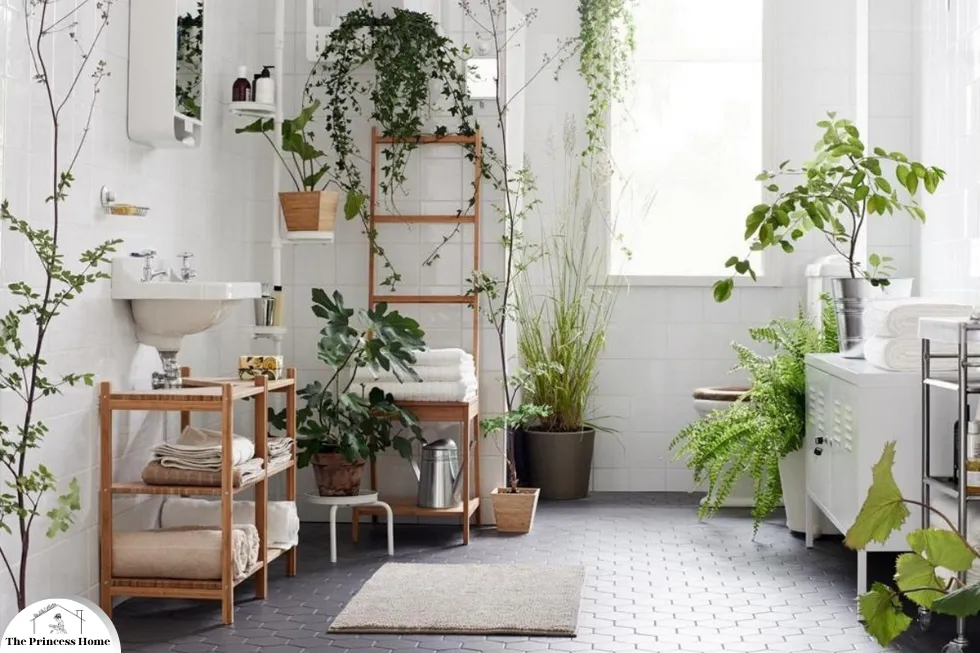
8.*DIY Plant Projects &Propagation
1.Creating Plant Arrangements:
- Craft your own plant arrangements using a mix of textures, colors, and container styles.
- Combine trailing plants with upright ones for a dynamic and layered look.
- Personalize your decor by repurposing vintage containers or making your own plant stands.
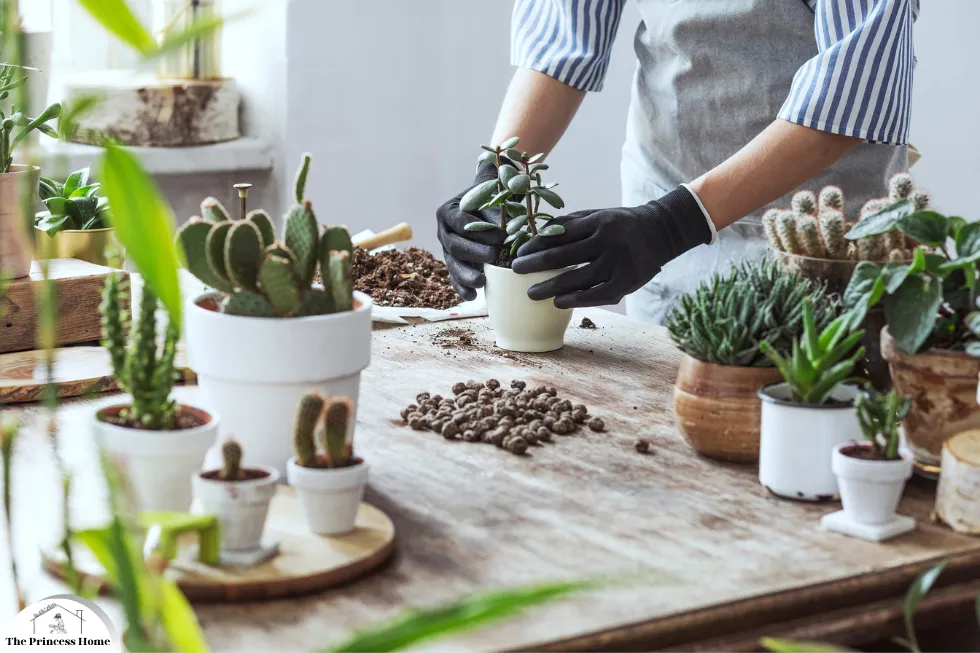
2.Propagating Houseplants:
- Save money and expand your collection by learning to propagate your existing plants.
- Many houseplants can be propagated from cuttings, offsets, or by division.
- Research specific methods for each plant, and enjoy the satisfaction of watching new growth.
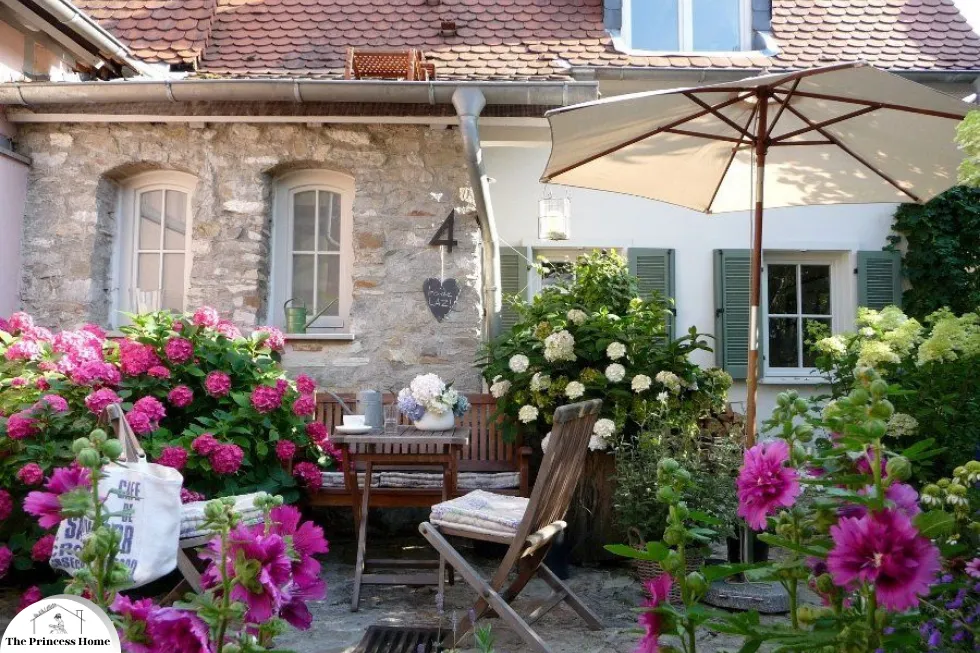
9.*Seasonal Decorating
1.Spring &Summer Flourish:
- Introduce flowering plants like orchids, peace lilies, or begonias for a burst of color.
- Consider rotating your plants outdoors for a sunbath to promote growth.
- Use vibrant, lightweight pots to complement the lively atmosphere of the season.
2.Fall &Winter Warmth:
- Embrace warm, earthy tones in both plants and decorative containers.
- Opt for hardy plants like succulents or resilient varieties that withstand lower light levels.
- Create cozy corners with plants, blankets, and warm lighting for a comforting winter retreat.
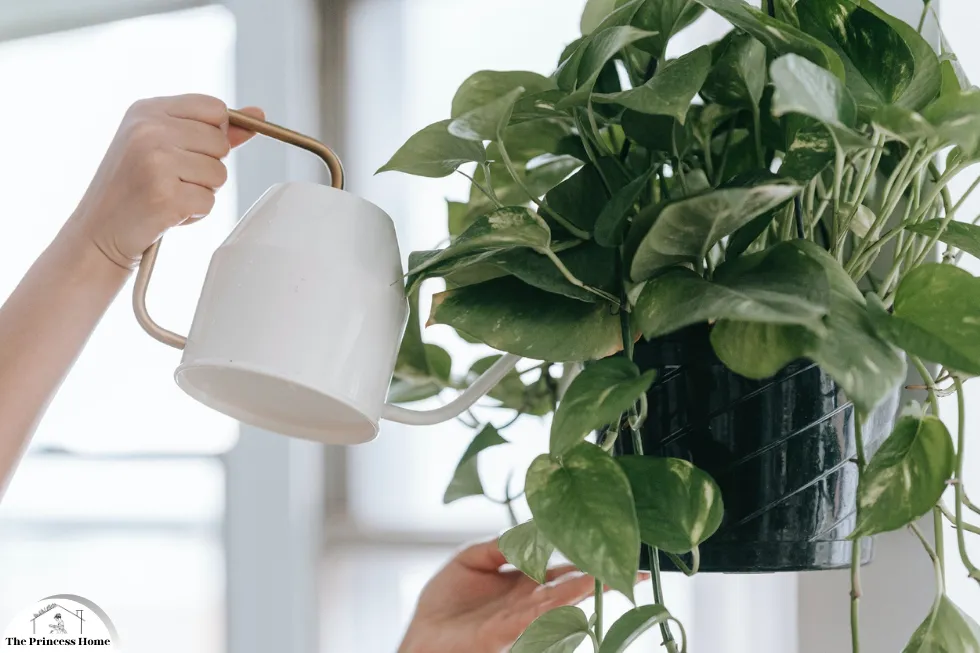
10.*Troubleshooting Common Issues
1.Dealing with Overwatering:
- Ensure proper drainage in pots to prevent waterlogged soil.
- Allow the top inch of soil to dry before watering again.
- Adjust your watering frequency based on the specific needs of each plant.
2.Combatting Pests:
- Keep a watchful eye for signs of pests like spider mites or aphids.
- Use natural remedies such as neem oil or insecticidal soap.
- Isolate affected plants to prevent the spread of pests to other houseplants.
3.Managing Limited Light:
- Choose low-light-tolerant plants for spaces with minimal natural light.
- Consider supplemental artificial lighting for plants in darker corners.
- Rotate plants occasionally to ensure all sides receive adequate light exposure.
4.Addressing Yellowing Leaves:
- Evaluate watering practices, as both overwatering and underwatering can cause yellowing.
- Check for signs of root rot and adjust the watering schedule accordingly.
- Trim yellow leaves to redirect the plant’s energy toward healthier growth.
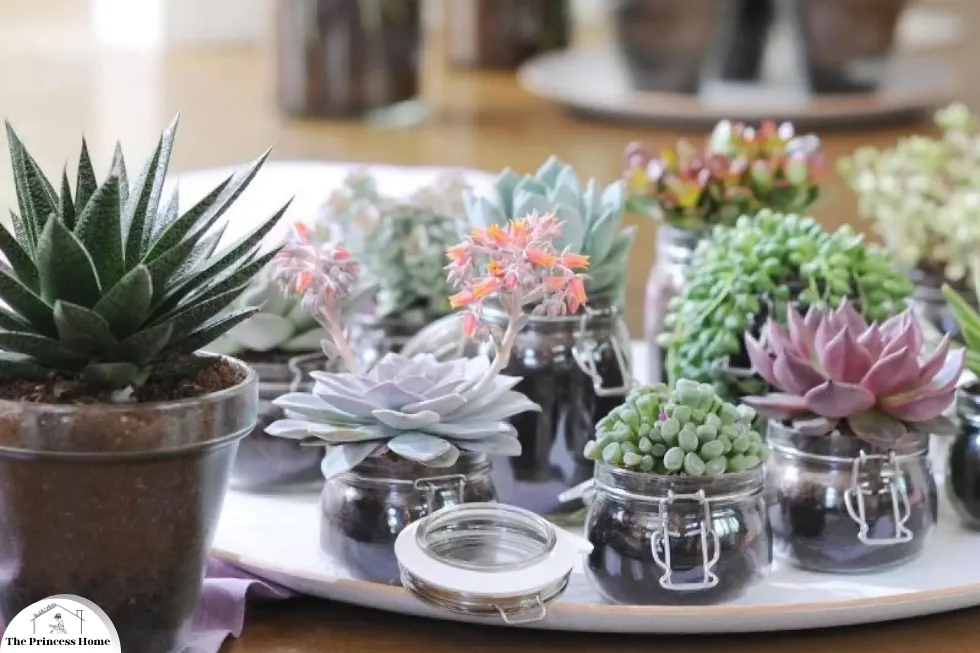
11.*Houseplants into Workspaces
1.Desk Buddies:
- Select small, low-maintenance plants like succulents or air plants for desks.
- Use desktop planters or terrariums to add a touch of greenery without taking up valuable workspace.
- Enjoy the stress-relieving benefits of plants during work hours.
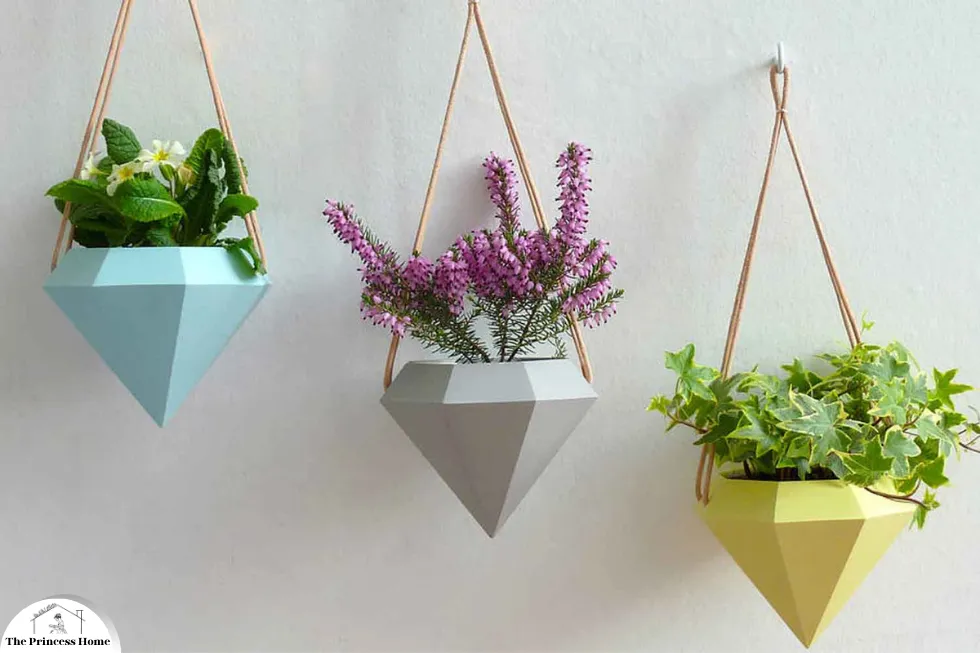
2.Hanging Gardens:
- Install hanging planters near windows or from the ceiling to maximize vertical space.
- Choose trailing plants like pothos or string of pearls for an elegant and space-efficient solution.
- Create a green curtain for added privacy and visual interest.
Best 39 Ideas for decorating balcony with Plants
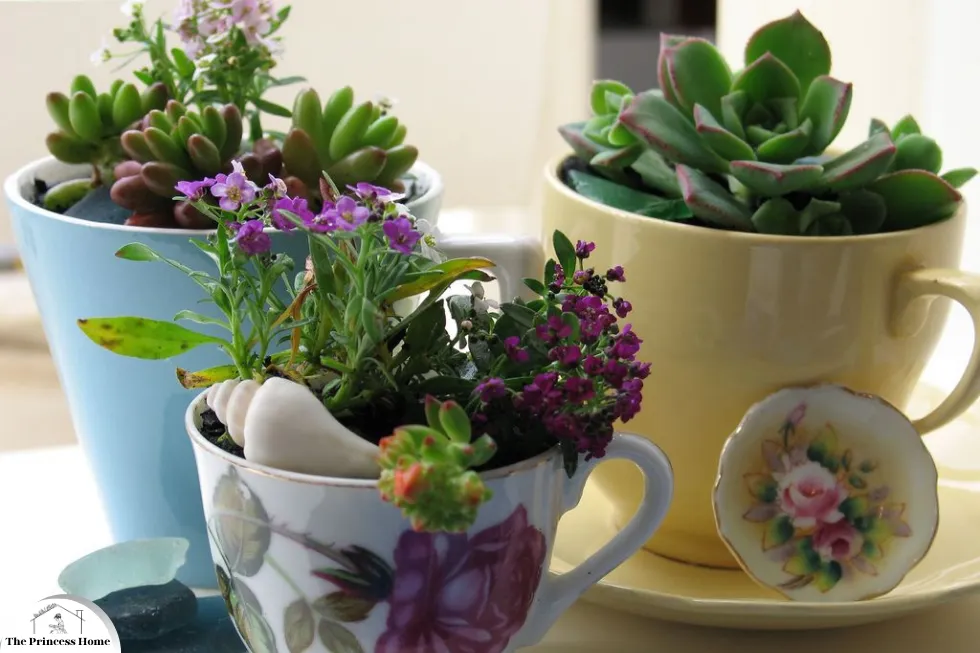
12.*Friendly Decor with Houseplants
1.Upcycled Planters:
- Repurpose old containers, teacups, or even wooden crates as unique planters.
- Embrace thrift store finds or vintage pots for an eco-friendly and eclectic look.
- Reduce waste by giving new life to discarded items through creative plant displays.
2.Earth-Friendly Practices:
- Opt for sustainable and locally sourced plant varieties to reduce your carbon footprint.
- Use organic fertilizers and soil to promote a healthy and environmentally conscious plant care routine.
- Consider participating in plant swaps or supporting local nurseries for eco-friendly choices.
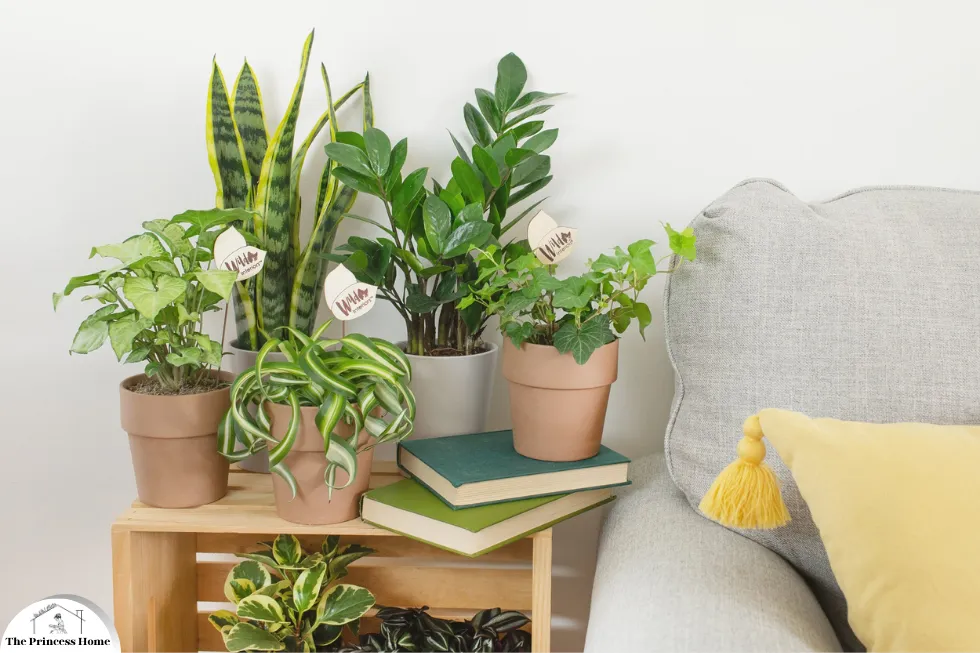
13.*Indoor Gardens and Plant Corners
1.Indoor Garden Oasis:
- Dedicate a corner or alcove to a mini indoor garden with a variety of plants.
- Use a mix of floor and tabletop planters to create a lush and immersive green space.
- Include a comfortable chair or cushions for a cozy reading or relaxation nook.
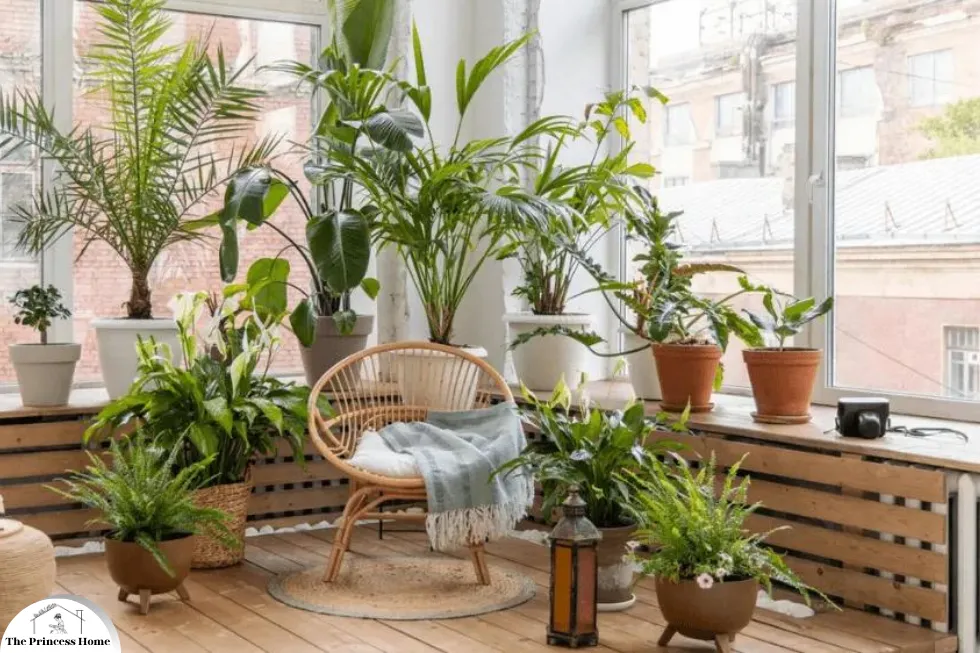
2.Theme-Based Plant Displays:
- Arrange plants based on themes, such as a tropical corner with palms and ferns or a succulent desert garden.
- Integrate decorative elements like stones, pebbles, or themed planters to enhance the visual appeal.
- Rotate themes seasonally for a dynamic and ever-changing indoor landscape.
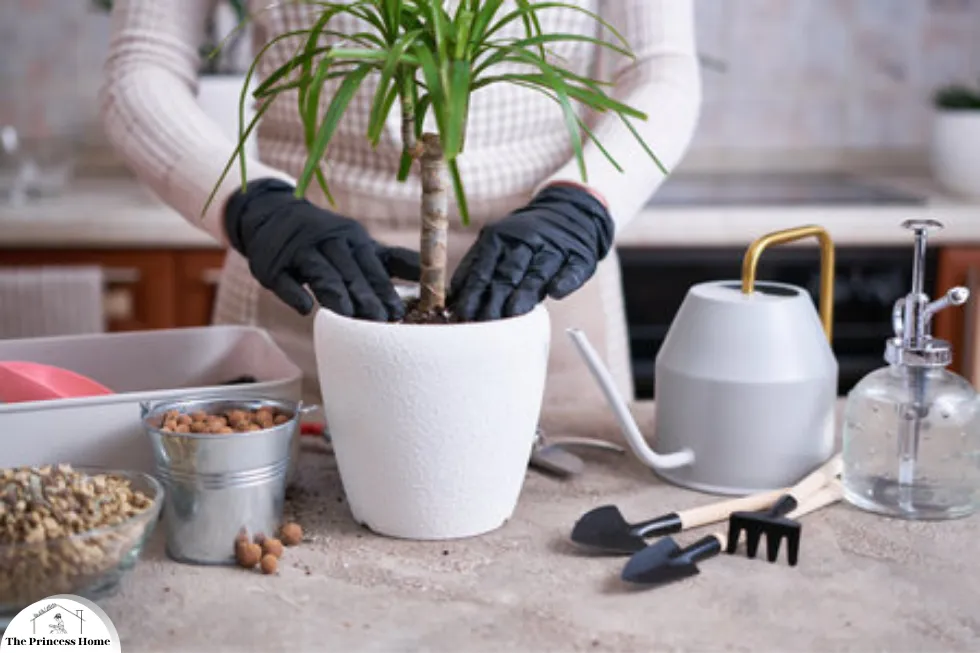
14.*Advanced Plant Care Techniques
1.Fertilization Strategies:
- Understand the nutritional needs of your plants and fertilize accordingly.
- Experiment with organic fertilizers, compost, or specialized plant food for optimal growth.
- Adjust fertilization frequency based on plant types and seasons.
2.Pruning and Shaping:
- Learn the art of pruning to control the shape and size of your plants.
- Encourage bushier growth by pinching off the tips of certain plants.
- Shape vines or trailing plants to create desired visual effects or to manage their spread.

15.*Mindful Plant Parenting
1.Observation & Response:
- Pay attention to subtle changes in your plants, as they can indicate their health and well-being.
- Respond to signs of stress, such as wilting or yellowing, promptly to address underlying issues.
- Develop a sense of mindfulness in caring for your plants, fostering a deeper connection.
2.Seasonal Transitions:
- Gradually acclimate plants to seasonal changes in light, temperature, and humidity.
- Adjust watering schedules and monitor plant behavior as they transition from one season to another.
- Be patient and allow plants time to adapt to new conditions.
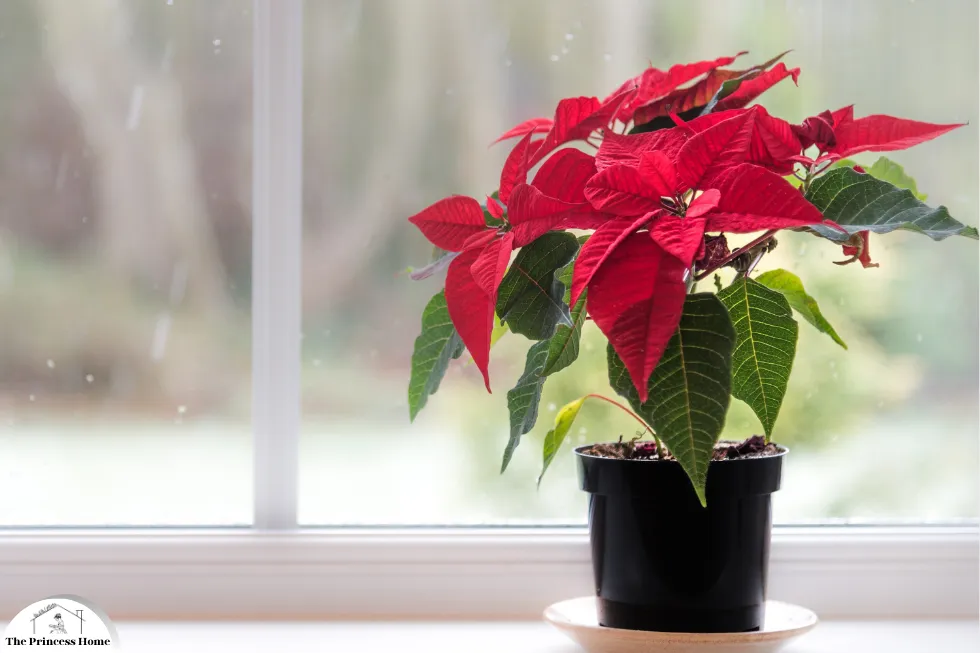
16.*Houseplants for Special Occasions
1.Holiday Plant Decor:
- Incorporate seasonal plants like poinsettias during the winter holidays.
- Decorate with festive planters, ornaments, or ribbons to enhance the holiday spirit.
- Swap out seasonal plants to celebrate various occasions throughout the year.
2.Celebratory Flower Arrangements:
- Integrate cut flowers from your garden or local florist into your indoor plant displays.
- Create custom arrangements for birthdays, anniversaries, or other special events.
- Combine flowering houseplants with fresh blooms for a stunning and fragrant display.
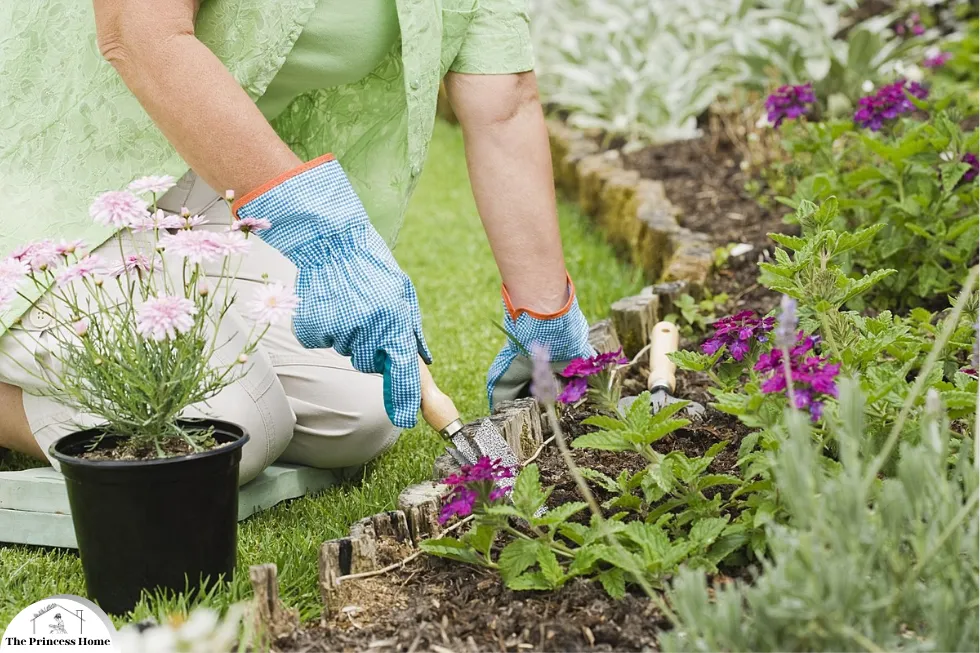
17.*Engaging with the Plant Community
1.Joining Plant Enthusiast Groups:
- Connect with local or online communities of fellow plant lovers.
- Share experiences, seek advice, and participate in plant swaps.
- Attend plant-related events, workshops, or gardening clubs to expand your knowledge.
2.Sharing Plant Parenthood:
- Gift plants to friends and family, fostering a shared love for houseplants.
- Encourage others to embrace plant parenthood and share tips for care and styling.
- Create a supportive network for exchanging plants, advice, and enthusiasm.
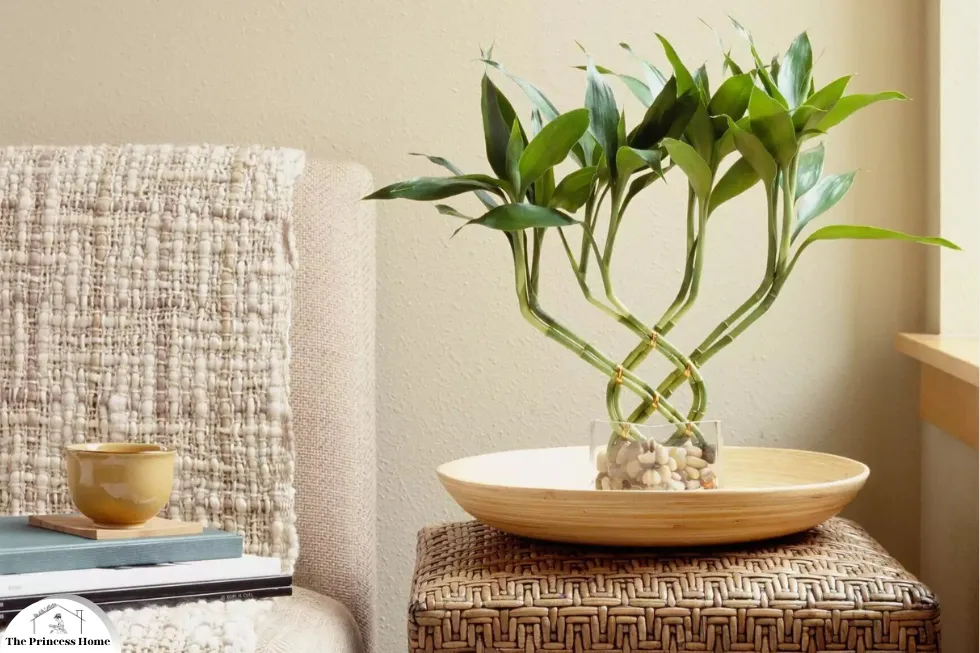
18.*Feng Shui and Houseplants
1.Balancing Energy with Plants:
- Explore the principles of Feng Shui to enhance energy flow in your living space.
- Position plants strategically to promote positive chi and balance in different areas.
- Use the five elements—wood represented by plants—to create harmony in your decor.
2.Choosing Feng Shui-Friendly Plants:
- Select plants with rounded leaves or gentle shapes for a calming effect.
- Place plants in key areas, such as the entrance or corners, to maximize positive energy.
- Experiment with plant placement to find the most harmonious arrangement for your home.
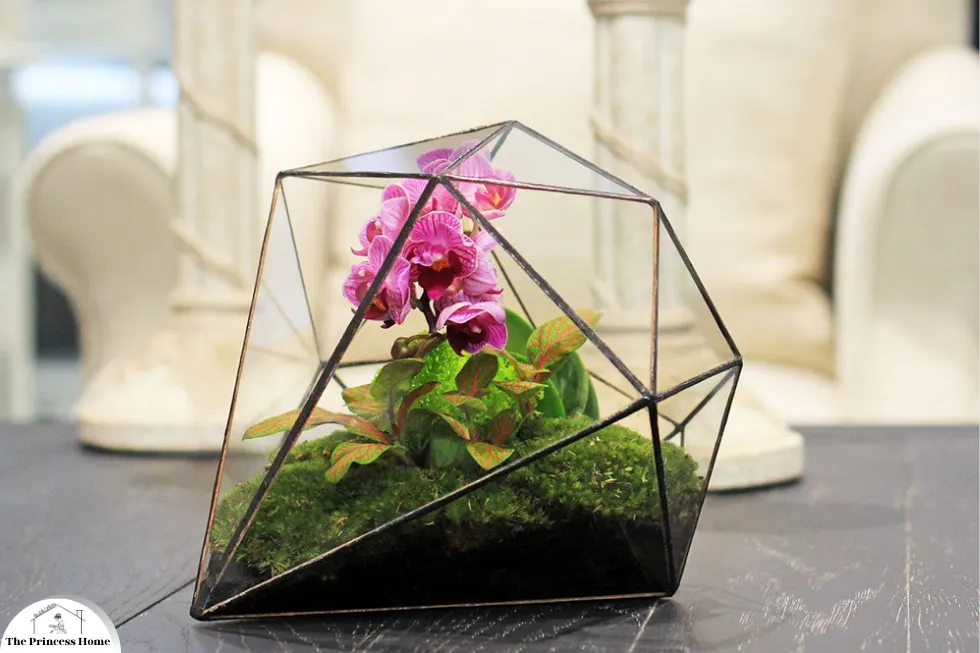
19.*Innovative Plant Display Ideas
1.Terrarium Gardens:
- Create miniature ecosystems in glass containers with a variety of small plants.
- Use different layers of soil, pebbles, and moss to add visual interest.
- Display terrariums on tables, shelves, or as hanging ornaments.
2.Plant Ladders and Shelves:
- Install ladders or shelves to showcase an array of plants at varying heights.
- Arrange plants in a cascading manner for a visually appealing display.
- Use decorative pots and accessories to complement the overall aesthetic.
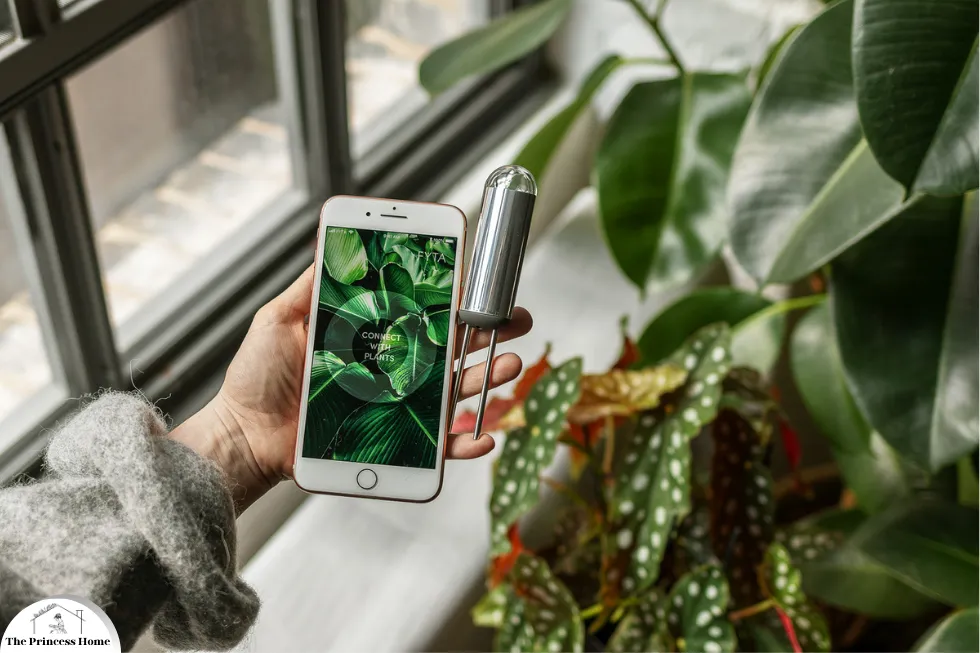
20.*The Future of Houseplant Decor
1.Smart Plant Technology:
- Explore advancements in smart plant pots that monitor soil moisture, light levels, and more.
- Integrate technology to automate watering systems or receive real-time plant care notifications.
- Stay informed about innovations that make caring for houseplants even more accessible.
2.Sustainable and Biophilic Design:
- Embrace the growing trend of sustainable and biophilic design in interiors.
- Incorporate plants as integral elements in eco-friendly and nature-inspired decor.
- Seek furniture and decor made from sustainable materials to complement your green spaces.
As we look to the future of houseplant decor, the possibilities are both exciting and limitless. From celebrating special occasions with customized arrangements to engaging with a broader plant community, the world of houseplants continues to evolve.
Here are some frequently asked questions (FAQs) along with their answers:
Q1: How do I choose the right houseplants for my decor?
A: Consider the lighting conditions in your space. Low-light plants like snake plants or pothos are great for darker areas, while succulents thrive in bright sunlight. Also, think about the size and style of the plant in relation to your decor theme.
Q2: Can I use artificial plants instead of real ones?
A: While artificial plants are low-maintenance, real plants offer additional benefits like improved air quality. Choose according to your lifestyle and preferences, but real plants can add a touch of nature and freshness to your decor.
Q3: How do I care for houseplants to keep them thriving?
A: Provide the right amount of water, sunlight, and proper soil for each type of plant. Regularly dust leaves, prune when needed, and be mindful of pests. Each plant has specific care requirements, so research individual needs.
Q4: Can I use houseplants in every room of my house?
A: Absolutely! Houseplants can enhance the decor of any room. Choose plants that match the lighting conditions and style of each space. Bedrooms, living rooms, kitchens, and even bathrooms can benefit from the addition of carefully chosen plants.
Q5: Are there benefits to having houseplants beyond aesthetics?
A: Yes, houseplants contribute to improved air quality by absorbing toxins and releasing oxygen. They can also reduce stress, boost mood, and increase productivity. Incorporating them into your decor offers both aesthetic and health benefits.
Q6: How can I arrange houseplants to create an appealing display?
A: Experiment with different heights, textures, and colors. Group plants of varying sizes together, use decorative pots, and consider hanging or wall-mounted planters. Create focal points and balance the arrangement within the overall decor scheme.
Q7: What are some low-maintenance houseplants for beginners?
A: Snake plants, pothos, and ZZ plants are excellent choices for beginners. They tolerate a variety of light conditions, are forgiving with watering, and generally thrive with minimal care.
Q8: Can houseplants be used as a natural room divider?
A: Yes, tall and bushy plants like fiddle leaf figs or bamboo palms can be placed strategically to create natural partitions in a room. This not only adds a decorative element but also defines different areas within a larger space.
Q9: How can I prevent overwatering my houseplants?
A: Allow the top inch of soil to dry out before watering. Use well-draining pots and ensure that excess water can escape. Pay attention to the specific watering needs of each plant, as they can vary.
Q10: Can I propagate my houseplants to expand my collection?
A: Yes, many houseplants can be propagated from cuttings or offsets. Research the specific propagation methods for each plant type. It’s a cost-effective way to grow your collection and share plants with friends.


